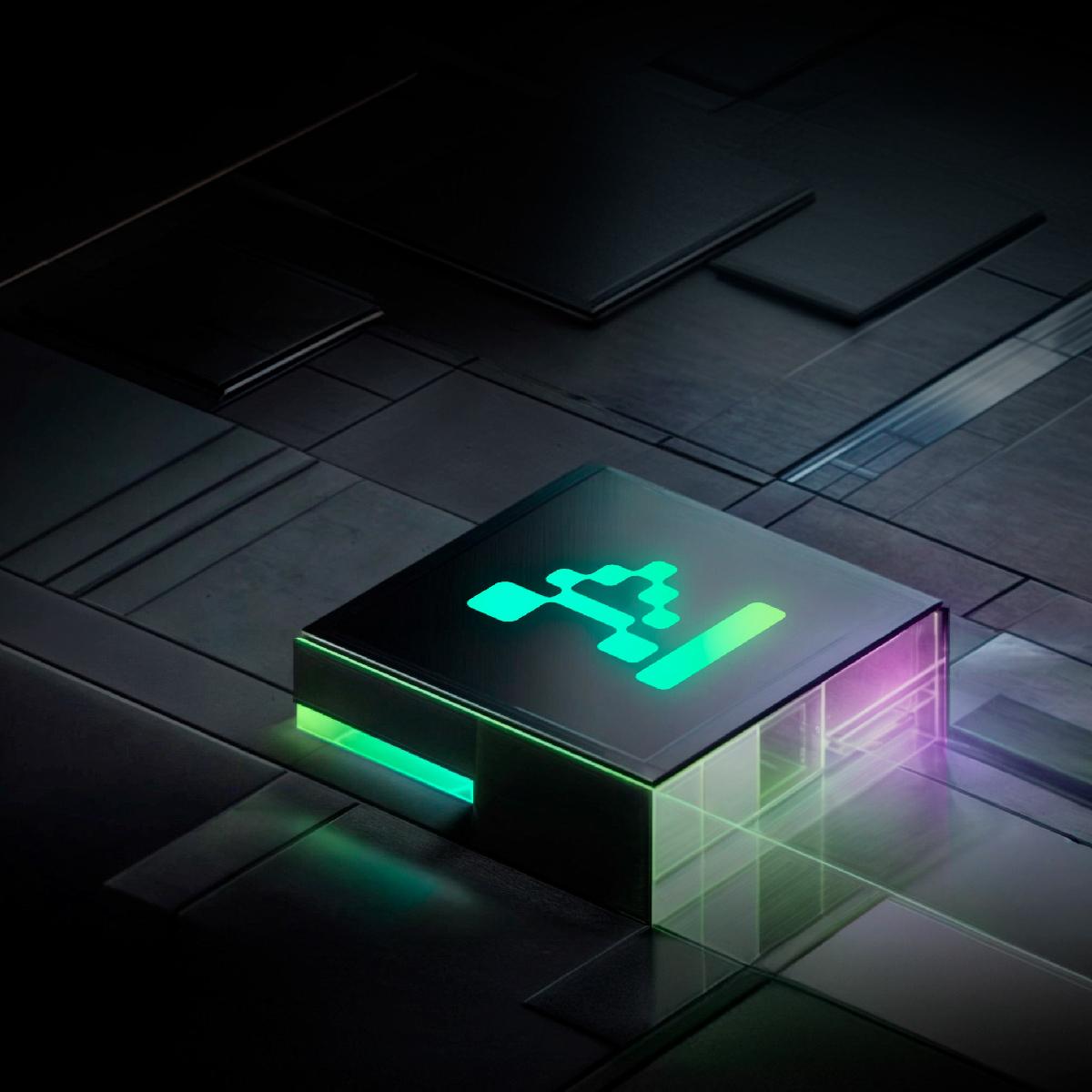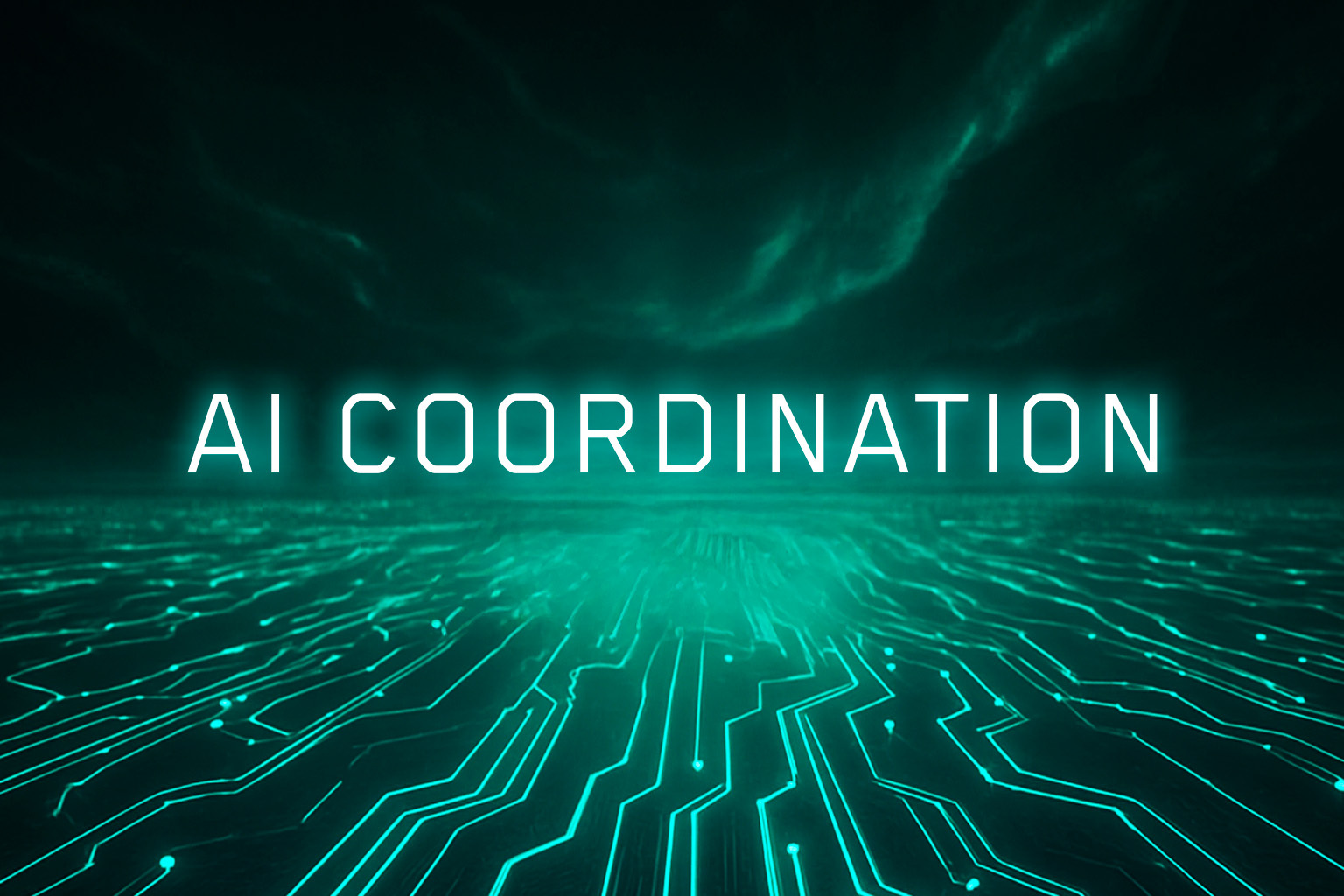Join our newsletter



As artificial intelligence continues to integrate rapidly into enterprise ecosystems, staying ahead of technological advancements is crucial for strategic decision-makers. In 2025, AI is transforming: new methodologies, such as Chain-of-Thought reasoning, Retrieval-Augmented Generation (RAG), and multi-agent orchestration, are redefining how intelligent systems operate, solve problems, and scale across complex environments.
This article examines these key trends and their impact on reshaping enterprise AI strategies, providing a lens for CTOs and other C-level leaders to align innovation with business value.
One of the most impactful developments in language model performance is the adoption of Chain-of-Thought (CoT) reasoning. This technique encourages AI systems to generate intermediate reasoning steps before concluding an answer, enhancing transparency and logical coherence. For enterprises, CoT provides a foundation for more auditable and reliable decision-making processes, especially in domains like legal tech, finance, and medical diagnostics.
In traditional language models, knowledge is limited to training data. RAG addresses this limitation by allowing models to query external sources in real time. This significantly increases accuracy and relevancy in dynamic environments, such as customer support or real-time analytics. By integrating retrieval systems, organizations can ensure their AI tools remain context-aware and up to date with evolving datasets.
AI is moving from singular intelligence to collaborative agent ecosystems. Multi-agent systems comprise specialized models that work in coordination, delegating tasks, verifying outcomes, and escalating issues. This architecture is ideal for enterprise workflows, where different AI agents manage discrete functions such as data validation, task scheduling, or report generation. These systems promote modularity and resilience, key components for scaling AI solutions.
According to a recent Gartner report on emerging technologies, over 45% of enterprises deploying GenAI plan to incorporate agentic AI systems by the end of 2025. Meanwhile, a Deloitte study highlighted that companies adopting RAG-like frameworks see a 60% improvement in response relevance and customer satisfaction.
These trends point to a strategic shift: businesses are investing in architecture flexibility, not just model capabilities. Leaders are recognizing that coordination, contextual memory, and retrieval accuracy are central to building dependable AI products.
Source: Gartner Emerging Tech Impact Radar 2025
Logical Decomposition with CoT
We implement CoT workflows to improve clarity and enable AI to reason step-by-step, especially valuable in regulated industries.
Intelligent Access via RAG
Our architecture integrates retrieval layers that empower models to pull precise data from structured and unstructured sources.
Collaborative Intelligence through Agents
We orchestrate multi-agent setups where each AI unit performs specialized roles, enabling efficient parallelization and coordination.
Automation Pipelines
Leveraging tools like N8N, we connect AI agents with enterprise systems (CRMs, ERPs, analytics platforms) to automate entire process chains.
Technical Support Co-Pilot
A support bot using RAG to answer tickets with code references and prior case history.
Multi-Agent Business Assistant
Agents that handle tasks like calendar management, financial report drafting, and document summarization.
Compliance Automation Flow
CoT and agents verifying regulatory alignment and generating audit trails for fintech clients.
For technology executives, these advancements mark a decisive shift in how AI must be conceived and deployed. The imperative is no longer about integrating a powerful model in isolation—it's about engineering an AI infrastructure that can adapt, interconnect, and perform reliably under enterprise-grade demands. Embracing Chain-of-Thought reasoning, Retrieval-Augmented Generation, and multi-agent design principles offers a strategic route to building scalable, resilient systems that meet the realities of complex, data-rich environments.
AI is moving toward systems that not only process data but also reason, retrieve, and collaborate. These emerging trends—Chain-of-Thought reasoning, Retrieval-Augmented Generation, and multi-agent orchestration—are becoming foundational in enterprise AI.
We are at the forefront of this evolution, equipping companies with the strategic frameworks and dedicated teams needed to build intelligent, adaptable AI solutions.
Learn how we can help you lead the AI transformation. Get in touch!